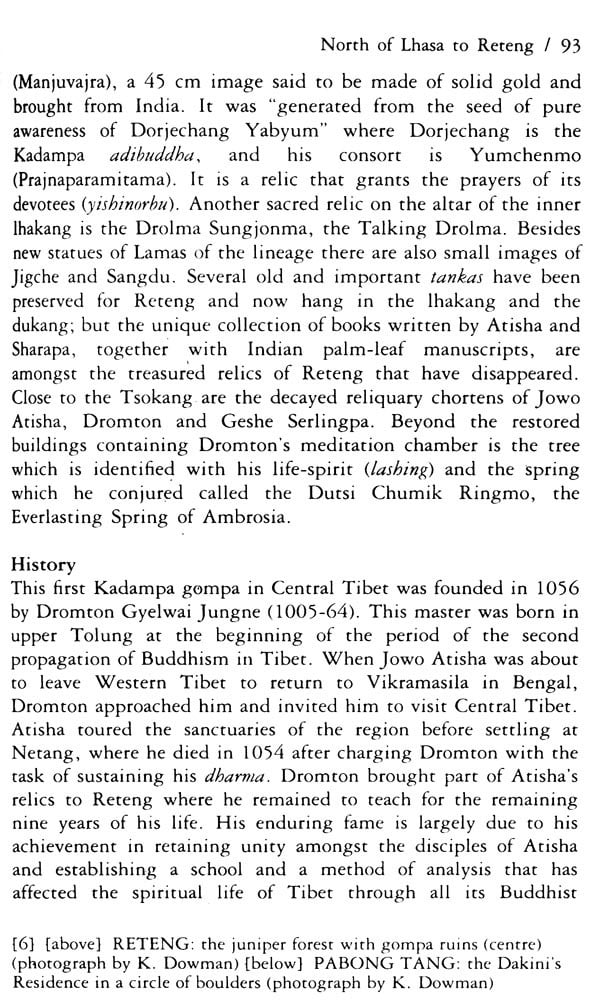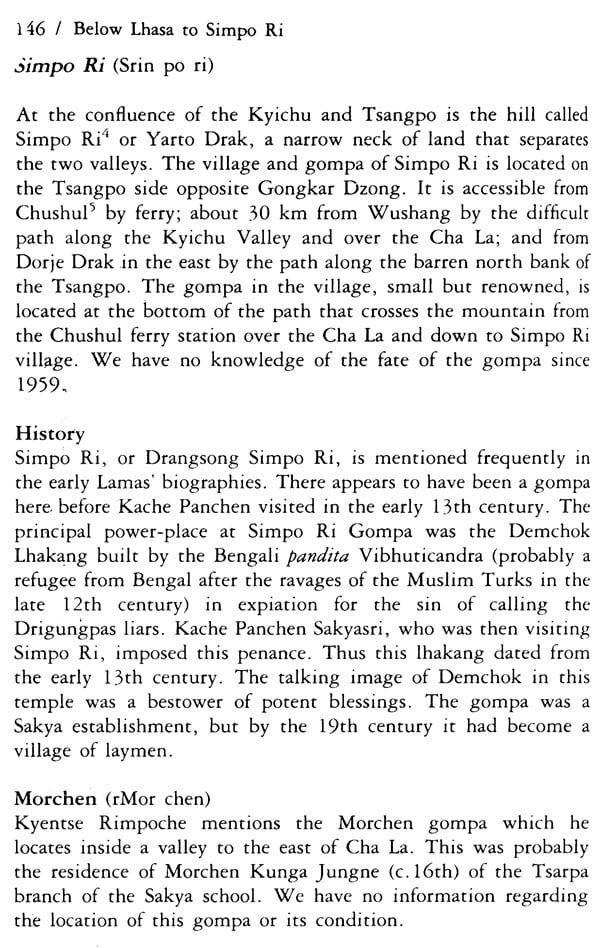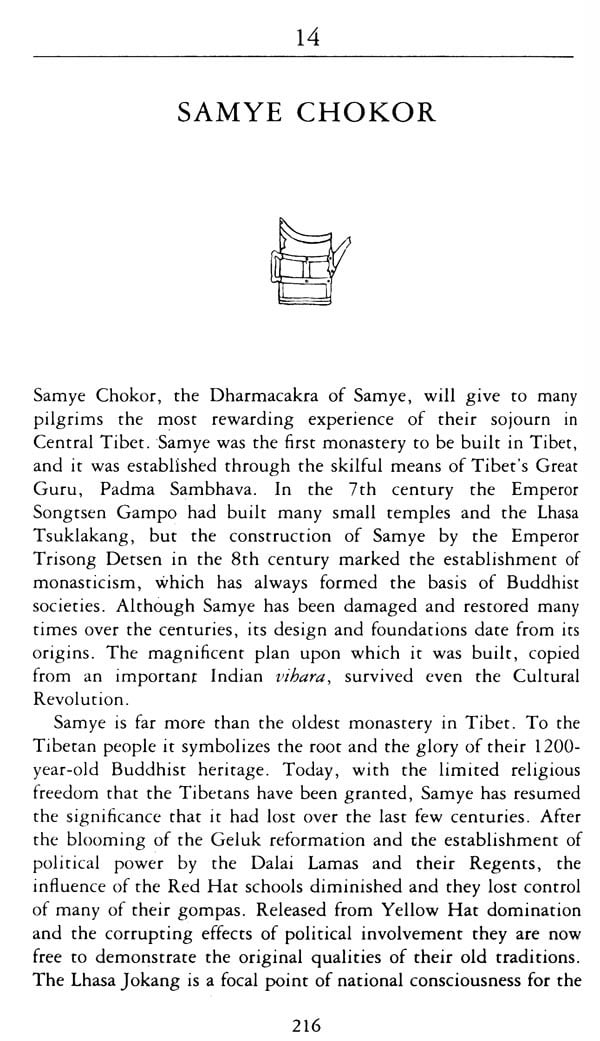About the Book Tibet is now open to anyone wishing to explore its ancient culture. This book, based on a nineteenth century guide for Tibetan pilgrims by the renowned Lama Jamyang Kyentse Wangpo, describes the location, site, relics and background to places of major religious and historic significance. To compile the guide, the author followed in Jamyang Kyentse's footsteps, visiting 150 temples, monasteries, sacred caves, lakes and mountains. Some of these are easily accessible to tourist groups; others have to be reached on foot certain valleys written about here had never previously been visited by a foreigner. There is full information about Lhasa and the route west from Lhasa to the Nepal border-both popular destinations for the tourist - and descriptions of seventeen pilgrimages within a 150 km radius of Lhasa. Photographs, maps and drawings help the visitor to locate and identify what is to be seen.
The Pilgrim's Guide will inform the tourist in his organized perambulation of major monasteries; provide geographical and historical information for the specialist; supply the trekker with route maps and destinations; and also give the armchair traveller and student of Tibetan Buddhism the first detailed guide to Central Tibet ever published. It will be an invaluable companion to the package tourist and pilgrim trekker alike.
About the Author Keith Dowman has spent the last twenty years in India and Nepal. He has been educated in the theory and practice of Tibetan Buddhism by eminent Lamas of several Tibetan schools, and has translated several major Tibetan texts into English. He now lives with his family in Kathmandu, where he continues to explore the Tibetan tradition and to interpret it for people in the West.
Preface This Pilgrim's Guide is based upon Khyentse's Guide to the Holy Places of Central Tibet. Jamyang Kyentse Wangpo (1820-92), a Khampa lama, made frequent, extended pilgrimages to Central Tibet and wrote his guide at the end of a long life as a contribution to the old and popular genre of Tibetan literature called neyik, guides to pilgrimage. Kyentse Rimpoche was no ordinary lama. One of the greatest figures in the eastern Tibetan eclectic renaissance of the last century, his scholarship and wisdom combined to give his work the highest mark of authority and integrity. His Guide was translated into English and partially annotated by the notable Italian scholar Alfonsa Ferrari, who never visited the East and who died before she could complete her work. The annotation was completed by another Italian scholar, Luciano Petech. His contribution was augmented by Hugh Richardson, the last British Resident in Lhasa. Richardson's clear, concise additions to the notes, detailing observations compiled during his wide travels in Central Tibet over several years, are of vital importance for information on the pre-1959 state of various monasteries. For their annotation, the Italian scholars relied heavily on the accounts of their master, Giuseppe Tucci, derived from his short journey to Central Tibet in 1948.
Khyentse's Guide covers Central, Southern and Western Tibet. The scope of this Pilgrim's Guide is limited to Central Tibet, the old province of U, which includes the Kyichu Valley system and the reaches of the Tsangpo (Brahmaputra) in its passage from Chaksam to Kongpo.
Introduction Pilgrimage as a devotional exercise and a yoga is as old as Buddhism itself. The Tibetan pilgrim may be a layman intent on accumulating merit to expedite a better rebirth or to obtain a mundane boon; he may be a yogin who has taken constant peregrination from power-place to power-place as his path to Buddhahood; in Central Tibet he may have come from the provinces to pay homage at the power-places associated with the founder of his lineage: there is a wide diversity of motivation, but pilgrimage in Tibet is as much a part of the Buddhist's lifestyle as summer vacation is in Europe. The karmically-blessed, committed yogin will find a cave or hermitage and spend as much as a lifetime in a single place to fulfil his destiny. The layman and the more restless yogin can aspire to the same end on pilgrimage. Thus the physical exertion and the sensual feast that is an integral part of pilgrimage in Tibet can become the mode and the means of attaining the Buddha's enlightenment. The rarity of the Tibetan atmosphere stretching the lungs to their limit; the sense of immense space and isolation; the unpolluted purity of the environment; and the unfiltered rays of the sun making a critical but undefined contribution: the body and mind are transformed and cleansed. As a support to meditation, physical exertion stimulates the senses to higher appreciation of sight, sound and smell, and the sparseness of human settlement gives a heightened awareness of the interdependent, holistic qualities of nature.
**Contents and Sample Pages**


































